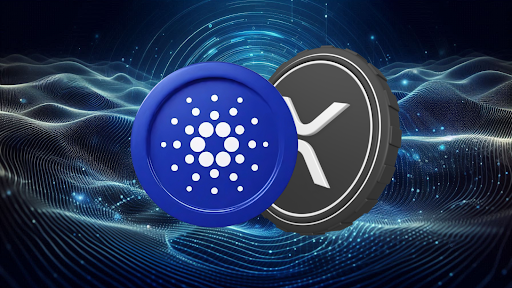- The Nakamoto Upgrade will reduce transaction times on Stacks from 20-30 minutes to approximately 5 seconds.
- Nakamoto Upgrade enhances scalability and security, unlocking new possibilities for DeFi on the Bitcoin ecosystem.
The impending Nakamoto Upgrade, which is expected to launch on October 29th, promises to be a watershed event for the Stacks ecosystem. Complementing a major historical event—the publication of Satoshi Nakamoto’s initial Bitcoin paper 15 years ago—this upgrade marks a turning point in the evolution of Stacks.
Faster transaction speeds, improved security, and a completely freed Bitcoin economy on the Stacks Layer 2 mean that the Stacks community is much awaited this upgrade.
The Nakamoto Upgrade is Coming! 🚀
The Nakamoto block has been picked—867,867! On Oct 29th history will be made again. Satoshi released original bitcoin paper that week 15 years ago!
It is time to dive into a refresher of what Nakamoto will bring! 1/7 pic.twitter.com/YyZG3axZB4
— Bitflow (@Bitflow_Finance) October 17, 2024
Accelerating Bitcoin Transactions with the Nakamoto Upgrade
Transaction speed is one of the main constraints developers and consumers encounter when expanding on Bitcoin, and the Nakamoto Upgrade is meant to solve it. Traditionally, Bitcoin blocks process about 20 to 30 minutes, which causes delays for distributed apps and Bitcoin-based DeFi services.
With this update, Stacks will cut transaction times to just five seconds, though. Faster and more efficient use of Bitcoin inside the Stacks ecosystem made possible by this substantial enhancement allows apps and DeFi protocols to give quicker, more consistent confirmations.
Prior CNF reports noted that Stacks core developers effectively finished the Nakamoto Testnet hard fork, therefore testing the improved transaction speeds and node communication. Currently, developers are honing and getting ready for the mainnet upgrade.
Once implemented, this improvement will represent a major change in Bitcoin’s usefulness since it guarantees the same irreversibility and security of transactions on Stacks over Bitcoin blocks. Basically, Stacks will be able to maximize the whole security advantages of Bitcoin, so strengthening the dependability and confidence of the network.
The improvement also offers interesting opportunities for fresh Bitcoin application scenarios. The faster speed and security will allow developers to create apps and services before being limited by Bitcoin’s slower block times, free from constraint.
For decentralized finance (DeFi) on Bitcoin especially, this marks the beginning of a new era of scalability. With products like sBTC, users should expect smart contracts, faster, more reasonably priced Bitcoin transactions, and even native Bitcoin yield.
Targeting complete unlocking of the potential of the Bitcoin economy, Stacks is presenting itself as the top Bitcoin Layer 2 solution. Along with enhancing its own network, the Nakamoto Upgrade helps Bitcoin be used in more creative and novel ways.
Stacks is clearing the path for a more scalable, reliable Bitcoin ecosystem as users and developers get ready for this historic change.
Although the technological developments take front stage, STX, the native token of Stacks, has displayed considerable volatility in the run-up to the update. STX was trading at $1.86 at the time of writing, and over the last 24 hours, it dropped 1.66%.











